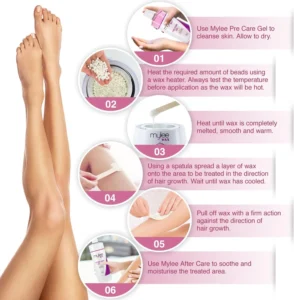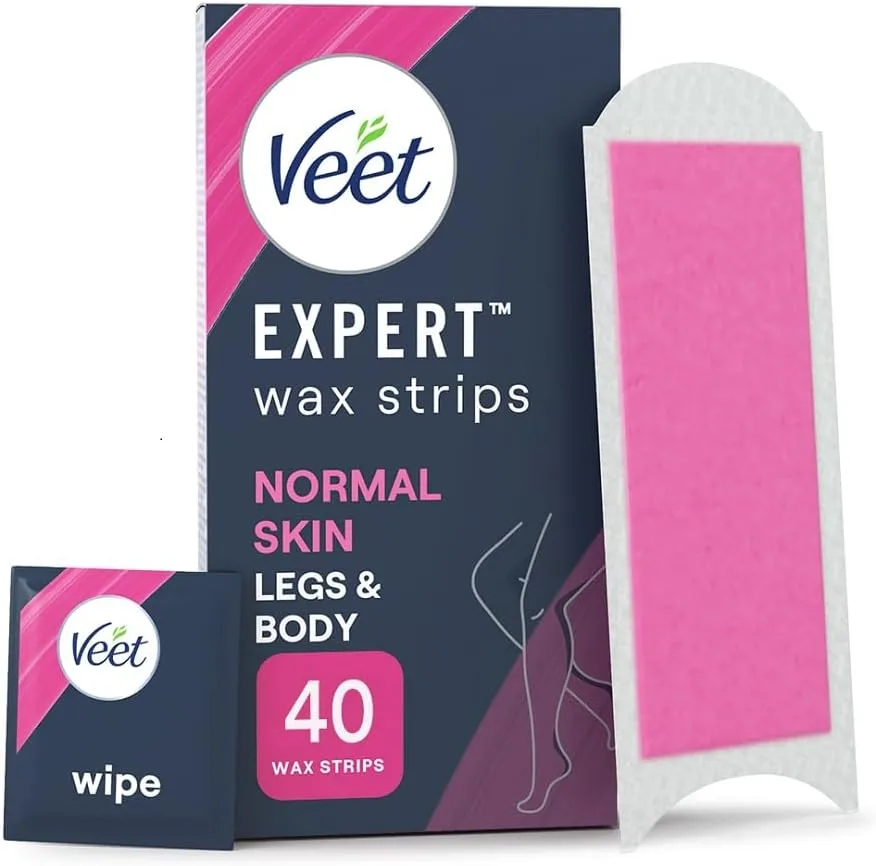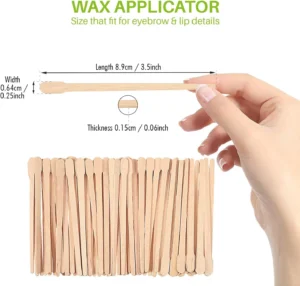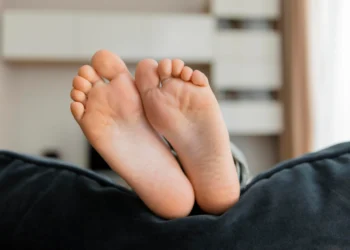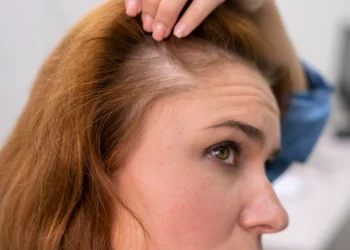There’s a common method of hair removal that involves melting a sticky substance, known as wax, on your skin and then pulling it off to remove hair from the root, thereby leaving your skin smoother for weeks. If this method excites you and you’re asking questions like how to do waxing, what are the benefits of waxing, and tips for waxing hair, then this simple guide breaks it down for you.
Understanding Waxing
Waxing consists of applying either warm or cold wax to the region of the skin intended for hair extraction, the wax adhering both to the skin and hair. Pulling the wax off in the opposite direction removes the hair at its root. Unlike shaving, which cuts the hair at its growing tip, waxing removes the entire length of the hair, therefore resulting in slower regrowth and finer, softer hair over time. Waxing is used most commonly on legs, underarms, eyebrows, upper lip and bikini line but can be applied virtually to any part of the body.
Types of Wax
There are different kinds of wax to fit different skin types and different parts of the body:
Soft Wax: Also called strip wax, this is applied thinly and removed with a strip of cloth. Good for large areas such as legs and arms.
Hard Wax: Hardens by itself and pulls off without stripping, hence the name – and it’s great if you’re working on small, more sensitive areas such as the bikini line or your underarms.
Pre-Waxed Strips: Ready for use with the wax already formed on the strip, these need to be heated only slightly and then pressed and pulled off. They are convenient for home use.
Benefits of Waxing
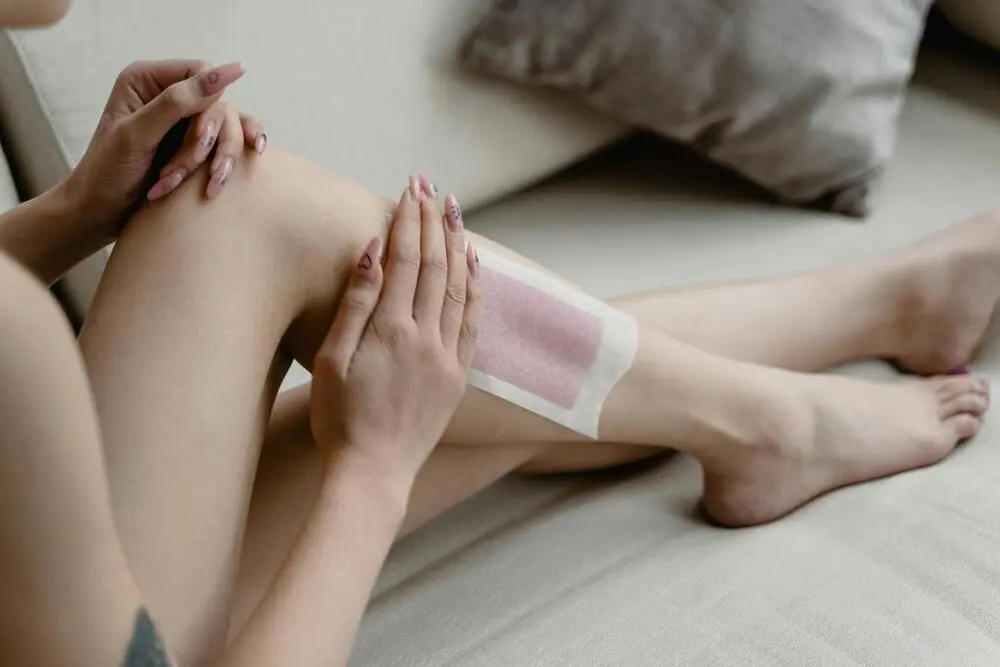
Some of the main benefits of waxing include:
Longer lasting smoothness: Waxing removes hair from the root so it takes a longer time to grow back (3-6 weeks).
Reduced hair growth: Regular waxing can lead to softer, thinner hair over time.
Texture: Waxing makes skin feel smooth because it removes top dead skin cells.
No stubble: Because hair is removed at the root there’s no sharp edge, which helps to avoid the prickly feeling that results from shaving.
How to Wax Properly: Step-by-Step Guide
Here’s a step-by-step guide to waxing properly, whether at home or in a salon:
1. Prepare Your Skin
Preparation is key for a successful wax. Make sure your hair is the right length, about a quarter-inch, or the size of a grain of rice. It may not be properly grabbed by the wax if it is too short, and if it is too long it may hurt more
If you’re doing the job yourself, exfoliate the area 24 hours before. This gets rid of dead skin cells that come on the top layer of your skin, and without them, the wax can’t effectively attach to the hair.
Don’t put anything lotion or oil-based on the skin before you wax; these can act like a barrier between your body and your wax.
Pain-reliever If you have sensitive skin, take an over-the-counter pain reliever 30 minutes before waxing.
2. Gather necessary products
For at-home waxing, you’ll need:
- Wax (either soft or hard depending on the area)
- Wax warmer (for hard or soft wax)
- Wooden applicator sticks
- Cloth strips (for soft wax)
- A soothing lotion or aloe vera gel for aftercare
- Baby oil or olive oil (for removing leftover wax)
**This post has promotional products
Veet Waxing Strips , 40 Cold Wax Strips, 4 Finish Wipes, Normal Skin, Leg Wax Strips, Hair Removal Wax Strips, Smooth Skin, Long Lasting, Waxing, Hair Removal, Shea Butter
Veet Expert Cold Wax Strips, 16 Strips + 3 Finish Wipes, Brazilian Wax, Bikini Wax Strips, Bikini Hair Removal Underarm, Senisitive Wax Strips, Almond Oil, Waxing, Hair Removal
Veet Expert Sensitive Waxing Strips, 20 Cold Wax Strips + 4 Finish Wipes, Eyebrow Waxing Strips, Facial Wax Strips, Face Wax Strips For Sensitive Skin, Sensitive Skin, Hydrating.
3. Heat the Wax (if using warm wax):
Whether you’re using soft or hard wax, warm it to the correct temperature. Not too hot or you’ll burn yourself, but warm enough that, when you dip a dummy hair into the pot, it sticks and then falls off when you pull it out. Test it on a small area of skin.
4. Apply the Wax:
Apply the wax with a wooden applicator stick in a thin layer over the area where you want to remove hair. For soft wax, apply the wax in the direction of hair growth, and apply hard wax with slightly more pressure to allow for the wax to grip the hair.
5. Remove the Wax:
For soft wax, lay a strip of cloth over the wax, press it down as tight as you can, immediately grab the cloth and pull it off in the opposite direction of hair growth. For hard wax, wait until the wax hardens and then lift one end and pull it off in the opposite direction of the hair growth. As far as possible, pull at the skin and not upwards as that can bring too much of the skin with it.
6. Repeat on Other Areas:
Repeat as necessary on the other areas of the skin. It is important to remember that you do not want to go over the same area more than once with the wax.
7. Clean and Soothe the Skin:
This might leave some wax out on your skin. Use a wax remover or baby oil to clean it off. Use the brush especially on your fingers to brush off any hairs left by the wax. Don’t use water as it becomes sticky, and clingy and is not easy to remove just with water.
Cool the skin with a dose of aloe vera gel or a light lotion to relieve redness or inflammation.
Sun exposure, hot showers and exercise should be avoided for 24 hours, as the skin will be more sensitive post-wax and more easily irritated.
Tips for a Good Waxing Experience
Waxing time: Waxing every 4 to 6 weeks can help reduce hair thickness and make the process less painful over time.
Avoid waxing on sensitive days: Don’t wax on days when you’re usually most sensitive: For those who menstruate, avoid waxing a day or two prior to or on the day your period starts, when your skin can be more sensitive.
Be patient: At-home waxing does take some practice, so don’t give up if it isn’t flawless the first time.
Aftercare: Waxing can lead to some irritation, using soothing lotions or special aftercare creams can help with any post-wax irritation.
Common Mistakes to Avoid
Applying wax in different areas: Applying wax to too short areas or too long areas of the skin will result in uneven hair removal and can cause pain and possible injury.
Waxing in the same place over and over: This can irritate your skin, so if you are unable to get all the hair off in one go, pull out the hair with tweezers.
Not testing the wax temperature: This could cause burns. You should check the wax temperature on a small area of your body before using it.
Aftercare Tips
Post-waxing care is essential for smooth results and preventing issues like ingrown hairs:
- Exfoliate gently after a few days to avoid clogged pores and ingrown hairs.
- Moisturize regularly to keep the skin soft and smooth.
- It is also best to avoid scratching or picking at any irritated patches, as this can damage the skin.
If you follow these steps and tips, you should be able to achieve a smooth wax result that lasts a long time. The more you practise, the easier the process will become. With a little bit of preparation, you too can remove hair like a professional and enjoy smooth skin.


